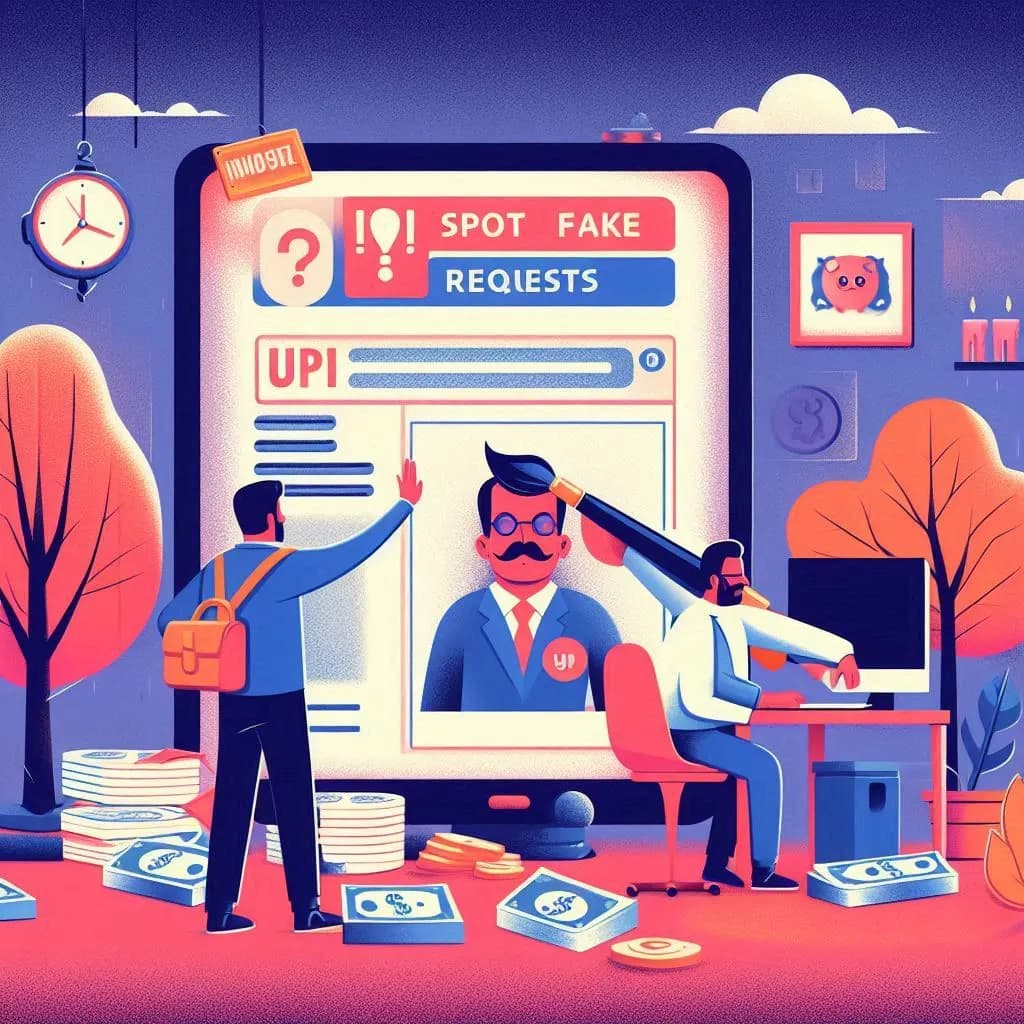How to Spot Fake UPI Requests
UPI fraud is on the rise, but you can protect yourself by learning to recognize suspicious requests. Here’s how to stay safe:
What Are Fake UPI Requests?
Scammers may send you payment requests or messages that look genuine but are designed to steal your money or information.
Signs of a Fake Request
- Unexpected payment or collect requests from unknown contacts
- Urgent messages pressuring you to act quickly
- Requests for your UPI PIN, OTP, or personal details
- Poor grammar, spelling mistakes, or strange formatting
- Offers that seem “too good to be true”
Common Scam Tactics
- Impersonation: Pretending to be bank staff, customer support, or a friend.
- Fake QR Codes: Sending QR codes that actually request money from you.
- Phishing Links: Sharing links to fake websites or apps.
- Social Engineering: Creating panic or urgency to trick you into paying.
How to Stay Safe
- Always verify the sender’s identity before approving any request.
- Never share your UPI PIN, OTP, or passwords.
- Double-check payment details and amounts.
- Use official UPI apps and keep them updated.
- Report suspicious requests to your bank or UPI app support.
What to Do If You Suspect a Scam
- Decline the request and block the sender.
- Report the incident to your bank and the UPI app.
- Change your UPI PIN immediately.
- Stay informed about new scam techniques.
Stay alert and trust your instincts—if something feels off, don’t proceed!
